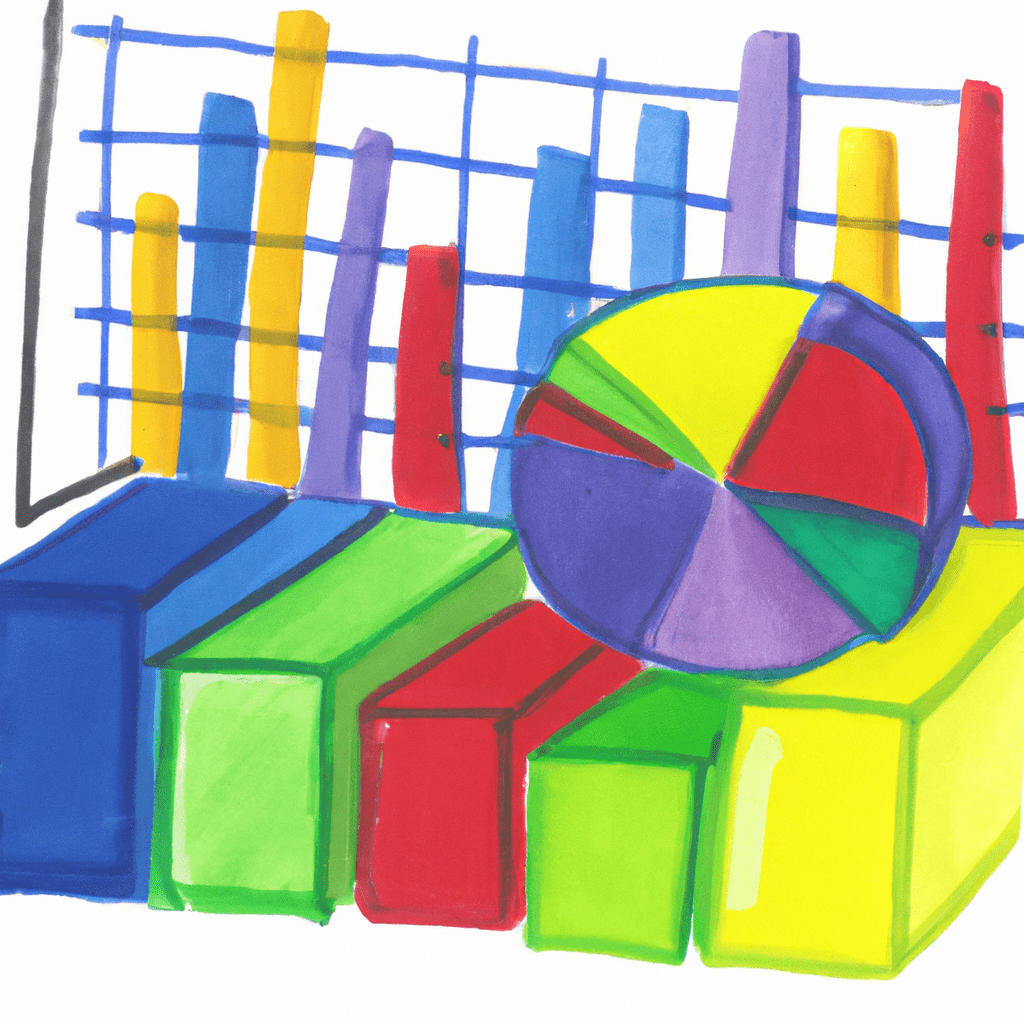This article discusses forex signals and the different types available to traders. It emphasizes the importance of technical analysis signals, fundamental analysis signals, and considering other factors such as economic news and risk management strategies. Traders should choose forex signals based on their trading style, risk tolerance, and goals.
Forex trading, also known as foreign exchange trading, has become increasingly popular in recent years. As more individuals seek to capitalize on the global currency market, the demand for accurate and reliable forex signals has also grown. Forex signals are indicators or suggestions that help traders make informed decisions about when to buy or sell currencies. In this article, we will delve into the various types of forex signals and how they can be used to enhance trading strategies. From technical analysis signals that focus on chart patterns and indicators, to fundamental analysis signals that leverage economic news and market events, we will explore the different tools and techniques that can lead to forex trading success. Whether you are a novice trader looking to expand your knowledge or an experienced investor aiming to refine your strategies, understanding the basics of forex signals is essential for achieving profitable results.
1. Understanding the Basics: Exploring Different Types of Forex Signals

When it comes to forex trading, one of the most valuable tools at a trader's disposal is the forex signal. These signals serve as indicators or cues that help traders make informed decisions about when to buy or sell currency pairs. By analyzing various market factors and trends, forex signals provide valuable insights that can significantly impact a trader's success.
Before delving into the different types of forex signals, it's essential to understand the basics. Forex signals are typically generated by professional traders or automated software programs. These signals can be sent to traders via various methods, such as email, SMS, mobile app notifications, or even directly on trading platforms.
Now, let's explore the different types of forex signals:
1. Technical Analysis Signals: Technical analysis is a popular approach to forex trading, and technical analysis signals are based on this methodology. These signals rely on analyzing historical price data, market trends, and various technical indicators like moving averages, oscillators, and support/resistance levels. Technical analysis signals aim to identify patterns or trends in price movements, helping traders predict future price movements and make more accurate trading decisions.
2. Fundamental Analysis Signals: Unlike technical analysis signals, fundamental analysis signals focus on factors that impact the overall economy and currency values. These signals are based on analyzing economic indicators, political events, news releases, and other macroeconomic factors that can influence currency prices. By understanding the broader economic context, traders can make informed decisions based on fundamental analysis signals.
3. Sentiment Analysis Signals: Sentiment analysis signals take into account the collective psychology and emotions of traders in the market. These signals assess market sentiment, which can range from bullish (positive) to bearish (negative). By analyzing sentiment indicators, such as market surveys, social media sentiment, or even proprietary algorithms, sentiment analysis signals provide insight into how other traders are feeling about a particular currency pair. This can be useful for contrarian traders who aim to go against the prevailing sentiment.
4. Copy Trading Signals: Copy trading signals are generated by successful traders, and they allow less experienced traders to replicate their trades automatically. This type of signal is particularly popular among beginners or those who don't have the time or knowledge to analyze the market themselves. With copy trading signals, traders can essentially piggyback on the strategies and trades of more experienced traders, potentially benefiting from their expertise.
In conclusion, understanding the different types of forex signals is crucial for any trader looking to enhance their decision-making process. Whether it's technical analysis, fundamental analysis, sentiment analysis, or copy trading signals, each type offers unique insights that can be utilized to make more profitable trades. It's essential for traders to consider their trading style, risk tolerance, and goals when choosing which types of forex signals to incorporate into their trading strategy.
2. Technical Analysis Signals: Unveiling the Power of Chart Patterns and Indicators

Technical Analysis Signals: Unveiling the Power of Chart Patterns and Indicators
Technical analysis signals play a crucial role in forex trading, offering valuable insights into market trends, price movements, and potential entry and exit points. Traders who employ technical analysis believe that historical price data can provide valuable information about future price movements. By studying chart patterns and utilizing various indicators, traders can make informed decisions to maximize their profits.
Chart patterns are graphical representations of price movements over time. These patterns can provide traders with a visual representation of market sentiment and help identify potential trend reversals or continuation. Some commonly used chart patterns include head and shoulders, double tops and bottoms, triangles, and flags. Each pattern has its own unique characteristics that traders can interpret to make their trading decisions.
Indicators are mathematical calculations that utilize historical price data to generate signals. These signals can help traders identify potential entry and exit points. There is a wide range of indicators available, each serving a specific purpose. Moving averages, for example, smooth out price movements and help identify trends. Oscillators, on the other hand, measure the momentum of price movements and can indicate overbought or oversold conditions.
Traders often use a combination of chart patterns and indicators to gain a comprehensive understanding of market conditions. For example, if a trader identifies a head and shoulders pattern forming on a chart, they may look for confirmation from an indicator such as the Relative Strength Index (RSI), which measures the strength of a price trend. If both the chart pattern and the indicator suggest a potential trend reversal, the trader may decide to enter a short position.
It is important to note that technical analysis signals are not foolproof and should not be relied upon solely for making trading decisions. Market conditions can change rapidly, and other factors such as economic news and geopolitical events can also impact currency prices. Therefore, it is essential to consider a holistic approach to forex trading, combining technical analysis with fundamental analysis and risk management strategies.
In conclusion, technical analysis signals, including chart patterns and indicators, are powerful tools for forex traders. They provide valuable insights into market trends, price movements, and potential entry and exit points. However, it is crucial to remember that no single indicator or pattern guarantees success. Traders should employ a comprehensive approach to trading, considering various factors and utilizing risk management strategies to increase their chances of success in the forex market.
3. Fundamental Analysis Signals: Leveraging Economic News and Market Events for Forex Trading Success

Fundamental analysis signals play a crucial role in forex trading success by leveraging economic news and market events. This type of forex signal focuses on analyzing macroeconomic factors, political developments, and global events to determine the future direction of currency pairs.
Traders who rely on fundamental analysis signals closely monitor economic indicators such as interest rates, inflation rates, GDP growth, employment data, and trade balances. By understanding the impact of these factors on the currency market, traders can make informed decisions and predict potential price movements.
Economic news releases, such as central bank announcements, employment reports, and GDP figures, are closely watched by forex traders. These announcements often create high market volatility and provide valuable insights for traders. For example, if a country's central bank decides to raise interest rates, it typically strengthens the currency as it attracts foreign investment. Traders who anticipate such a move can take advantage of the resulting currency appreciation.
Political developments also play a significant role in forex trading. Elections, geopolitical tensions, and policy changes can all influence currency values. For instance, if uncertainty arises due to political instability, traders may choose to sell the currency of the affected country, leading to its depreciation.
Global events, such as natural disasters, terrorist attacks, or economic crises, can have a considerable impact on the forex market. Traders who monitor these events can identify potential trading opportunities. For example, if a natural disaster occurs in a major exporting country, it may disrupt supply chains and affect the value of its currency.
To utilize fundamental analysis signals effectively, traders need to stay updated with economic calendars, news outlets, and financial websites. They should also understand how different economic indicators interact and affect each other. Furthermore, it is essential to consider the credibility and reliability of the information source to ensure accurate analysis.
While fundamental analysis signals provide valuable insights, they should not be the sole basis for trading decisions. It is essential to combine them with technical analysis signals and risk management strategies to create a comprehensive trading plan. By integrating both fundamental and technical analysis, traders can increase their chances of success and make more informed trading decisions in the forex market.
In conclusion, understanding the different types of forex signals is essential for successful forex trading. Technical analysis signals, which involve analyzing chart patterns and indicators, can provide valuable insights into market trends and potential trading opportunities. On the other hand, fundamental analysis signals rely on economic news and market events to determine the overall health of a currency and its potential for growth or decline. By combining these two types of signals, traders can make informed decisions and increase their chances of success in the forex market. It is important to remember that no single type of signal is foolproof, and traders should always conduct thorough research and analysis before making any trading decisions. With the right knowledge and strategy, forex signals can be a valuable tool for achieving trading success.





